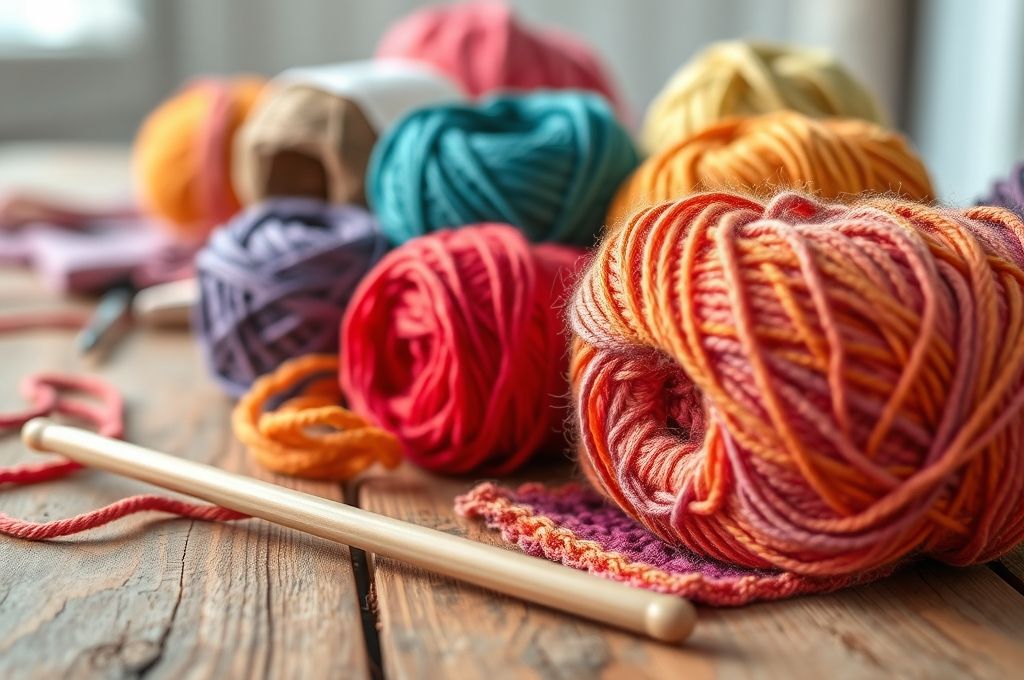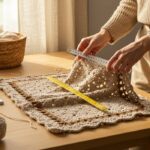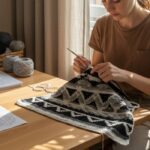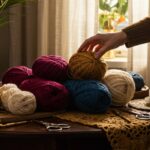The Heartbeat of Your Crochet Journey
Have you ever picked up your crochet hook with excitement, only to find that your project isn’t turning out the way you imagined? Maybe the fabric feels too stiff, the colors faded after one wash, or the texture just didn’t match your vision. Chances are, the culprit wasn’t your technique—it was your yarn.
Yarn is more than just thread; it’s the soul of your crochet project. It influences how your piece looks, feels, drapes, and even how long it lasts. Choosing the right yarn can mean the difference between a cozy, wearable sweater and a scratchy, misshapen mess. Yet, with endless options lining craft store shelves and online marketplaces, selecting the perfect one can feel overwhelming—even for experienced crafters.
In this guide, we’ll walk you through everything you need to know to confidently choose the best yarn for any crochet project. From understanding fiber types and weights to decoding labels and matching yarn to your pattern, we’ll break it down in a way that’s practical, easy to follow, and full of real-life insights. Whether you’re making a baby blanket, a summer shawl, or a durable tote bag, this article will help you make smarter, more satisfying choices—so your creativity can truly shine.
Let’s dive in and unravel the world of yarn together.
Understanding Fiber Types: What Is Your Yarn Made Of?
One of the first—and most important—decisions you’ll make is choosing the right fiber. The material your yarn is made from affects everything: softness, durability, care requirements, and even how it interacts with your hook.
Natural fibers come from plants and animals and are beloved for their breathability and eco-friendliness. Cotton, for example, is soft, absorbent, and great for dishcloths, baby clothes, and warm-weather garments. It holds its shape well but lacks elasticity, which means it can be less forgiving for beginners.
Wool is a classic favorite. It’s warm, elastic, and naturally moisture-wicking, making it ideal for winter hats, scarves, and sweaters. Merino wool, in particular, is known for its softness and minimal itchiness. However, some people are allergic to wool, and it often requires hand-washing, which may not suit everyone.
Then there are plant-based fibers like bamboo, linen, and hemp. Bamboo is silky and drapes beautifully—perfect for elegant shawls. Linen becomes softer with each wash and is excellent for structured bags or home decor items.
On the synthetic side, acrylic yarn is a go-to for many crocheters. It’s affordable, widely available, and comes in countless colors. Acrylic is also machine-washable and hypoallergenic, making it great for baby items or gifts. However, it can pill over time and doesn’t breathe as well as natural fibers.
Blends—like wool-acrylic or cotton-polyester—offer a balance. They combine the best qualities of each fiber: the warmth of wool with the durability of acrylic, or the softness of cotton with the stretch of nylon.
Pro Tip: Always check the fiber content on the label. Ask yourself: Who is this for? Will it be washed often? Does it need to be soft against sensitive skin? Your answers will guide your fiber choice.
Yarn Weights: Not All Yarns Are Created Equal
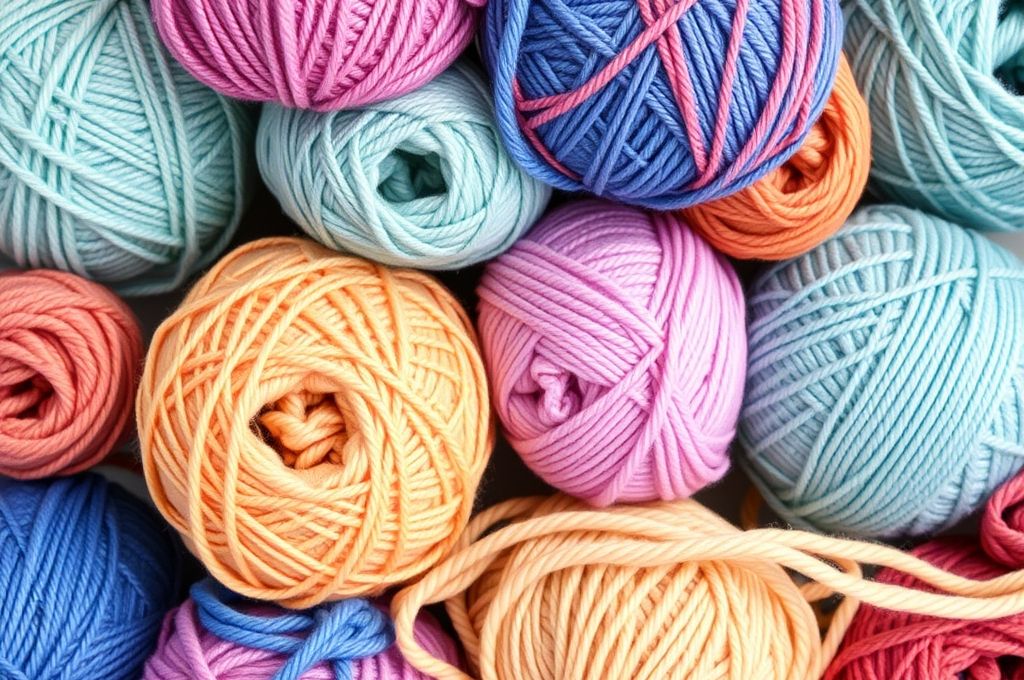
Now that you know what your yarn is made of, let’s talk about how thick it is. Yarn weight refers to the thickness of the strand, not how much it weighs on a scale. This is crucial because using the wrong weight can completely change the outcome of your project—even if you follow the pattern exactly.
The Craft Yarn Council has standardized eight yarn weight categories, from 0 (lace) to 7 (jumbo). Here’s a quick breakdown:
- 0 – Lace: Delicate and fine, perfect for intricate shawls or doilies.
- 1 – Super Fine (Fingering): Great for socks, lightweight garments, and detailed work.
- 2 – Fine (Sport): Slightly thicker than fingering, good for baby clothes and lighter sweaters.
- 3 – Light (DK or Double Knitting): Versatile and balanced—ideal for garments and accessories.
- 4 – Medium (Worsted/Aran): The most popular weight. Great for blankets, scarves, and beginner-friendly projects.
- 5 – Bulky (Chunky): Thick and warm, perfect for quick-knit hats, cowls, and cozy throws.
- 6 – Super Bulky: Even thicker, great for dramatic textures and ultra-fast projects.
- 7 – Jumbo: Used for arm knitting or giant statement pieces.
Most crochet patterns will specify the recommended yarn weight. Using a lighter yarn than suggested will result in a looser, more open fabric. A heavier yarn might make your project too stiff or cause it to grow in size unexpectedly.
Real-Life Example: Imagine making a baby blanket with worsted weight yarn—it’ll be soft, durable, and take a reasonable amount of time. But if you use jumbo yarn instead, the blanket might be too heavy and bulky for a newborn.
Always match your yarn weight to your hook size (more on that later), and don’t be afraid to swatch—a small test piece can save you hours of frustration later.
Hook and Yarn: The Perfect Pairing
You’ve chosen your fiber and weight—now it’s time to think about your crochet hook. The right hook size can make your stitches smooth and even; the wrong one can lead to frustration and uneven tension.
Every yarn label includes a recommended hook size, usually shown with a symbol or in millimeters (like 5.5 mm). This is your starting point. But here’s the secret: the recommended size isn’t set in stone. Your personal tension, the pattern you’re using, and even the season can influence what works best.
For example, if you crochet tightly, you might need a slightly larger hook to keep your fabric from becoming too stiff. If you crochet loosely, a smaller hook can help tighten up your stitches.
Swatching is your best friend. Make a 4×4 inch square using the hook size suggested on the label. Then, measure how many stitches and rows you have per inch. Compare that to the gauge listed in your pattern. If it doesn’t match, adjust your hook size and try again.
Here’s a helpful rule of thumb:
- Smaller hook = tighter stitches, denser fabric
- Larger hook = looser stitches, more drape
Also, consider the material of your hook. Aluminum hooks are smooth and great for fast crocheting. Bamboo or wooden hooks offer more grip, which can help if your yarn tends to slip. Ergonomic hooks reduce hand strain—perfect for long projects.
And don’t forget hook shape. Inline hooks (like Boye) create more defined stitches, while tapered hooks (like Susan Bates) offer smoother transitions between stitches.
Quick Tip: If you’re using a pattern that calls for a specific hook size but your yarn label suggests something different, prioritize the pattern’s gauge. The goal is to match the designer’s vision, not just follow general guidelines.
Color, Texture, and Drape: Bringing Your Vision to Life
Now let’s talk about the fun part—how your project will look and feel. After all, crochet isn’t just functional; it’s an art form. The color, texture, and drape of your yarn can transform a simple pattern into something extraordinary.
Color plays a huge role in the emotional impact of your work. A vibrant red blanket feels bold and energetic, while a soft lavender shawl evokes calm and elegance. When choosing colors, consider:
- The recipient (e.g., gender-neutral tones for baby gifts)
- The season (light pastels for spring, deep jewel tones for winter)
- How the color shows stitch definition (dark colors can hide texture)
Variegated yarns—those with multiple colors in one strand—can add visual interest without changing colors yourself. They’re great for simple stitch patterns, letting the yarn do the work. But be cautious: some variegated yarns have “barber pole” effects or color pooling that might not suit your project.
Texture is another game-changer. Bulky, fluffy yarns like chenille or mohair create cozy, luxurious pieces—but they can obscure stitch details. If you’re working on a lace pattern, a smooth, solid-color yarn will show off the design better.
Then there’s drape—how the fabric hangs or flows. A stiff cotton bag holds its shape, while a silk-blend scarf will drape softly over your shoulders. Drape depends on fiber, weight, and stitch pattern. For garments, drape is especially important. A sweater with poor drape might look boxy or stiff.
Story Time: I once made a cardigan using a thick, fuzzy yarn because I loved how soft it felt. But when I finished, the fabric was so stiff it stood up on its own! The yarn didn’t drape at all, and the cardigan looked more like a sculpture than wearable clothing. Lesson learned: always consider how the yarn behaves, not just how it feels in the skein.
When in doubt, hold the yarn and mimic the movement of the finished piece. Drape it over your hand. Stretch it gently. Ask: Does this move the way I want it to?
Reading Yarn Labels: Your Secret Decoder Ring
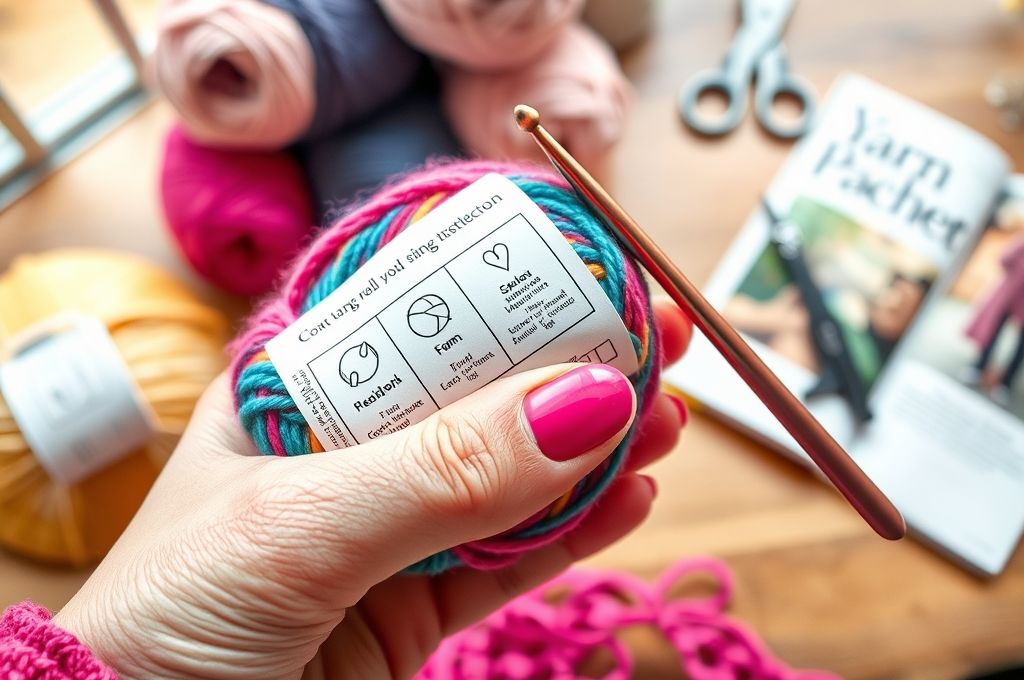
Yarn labels are packed with useful information—if you know how to read them. Think of them as your project’s instruction manual. Skipping them is like baking a cake without checking the ingredients.
Here’s what to look for:
- Fiber Content: Tells you what the yarn is made of (e.g., 100% acrylic, 80% cotton/20% nylon).
- Weight Category: Usually shown with a number (2, 4, 6) and a word (DK, Worsted, Bulky).
- Yardage/Meters: How much yarn is in the skein. This helps you calculate how many skeins you’ll need.
- Care Instructions: Symbols or text showing if it’s machine washable, dry clean only, etc.
- Dye Lot: A number indicating the batch the yarn was dyed in. Always buy all your yarn from the same dye lot to avoid color variations.
- Recommended Hook Size: A starting point for your tool choice.
- Gauge: How many stitches per inch you should get with the recommended hook.
Common Mistake: Buying yarn from different dye lots because one skein ran out. Even slight color differences can be noticeable in large projects like blankets.
Smart Tip: Take a photo of the label with your phone before you start. If you need to buy more yarn later, you’ll have all the details handy.
Also, don’t ignore the project suggestions on the label. If it shows a baby blanket, it’s likely soft and safe for sensitive skin. If it’s labeled for dishcloths, it’s probably cotton and absorbent.
And remember: more expensive yarn isn’t always better. Sometimes a mid-range acrylic works perfectly. Other times, splurging on merino wool makes all the difference. It’s about matching the yarn to your project’s purpose.
Matching Yarn to Your Project: Practical Guidelines
Now that you understand the basics, let’s get practical. How do you choose the right yarn for your project?
Here’s a quick-reference guide:
Baby Items (blankets, booties, toys):
- Fiber: Soft, hypoallergenic (cotton, acrylic, bamboo)
- Weight: Light to medium (3–4)
- Care: Machine washable
- Avoid: Rough textures, loose fibers (like mohair)
Winter Wear (hats, scarves, sweaters):
- Fiber: Wool, alpaca, or wool blends for warmth
- Weight: Medium to bulky (4–5)
- Drape: Moderate to low (you want structure)
- Bonus: Look for water-resistant or insulating properties
Summer Projects (tops, bags, shawls):
- Fiber: Cotton, linen, bamboo
- Weight: Light to medium (2–3)
- Drape: High (you want it to flow)
- Color: Light or bright tones that reflect heat
Home Decor (pillows, baskets, rugs):
- Fiber: Durable cotton, jute, or acrylic
- Weight: Medium to super bulky (4–6)
- Texture: Can be rough or textured—durability over softness
- Care: Easy to clean
Gifts:
- Prioritize softness, ease of care, and aesthetic appeal
- Include a care tag if it requires special washing
Amigurumi (crocheted toys):
- Fiber: Cotton or acrylic (holds shape well)
- Weight: Light to medium (2–3)
- Hook: Smaller than usual to keep stitches tight and prevent stuffing from showing
Pro Advice: Always check your pattern’s yarn recommendations. If it says “DK weight cotton,” don’t substitute with bulky wool—unless you’re okay with a completely different result.
And if you’re designing your own project, start with your vision. Ask:
- What’s the purpose?
- Who will use it?
- How should it feel?
- How will it be cared for?
Answering these will guide your yarn choice like a compass.
Sustainability and Ethical Choices: Crocheting with a Conscience
As crafters, we have the power to make choices that go beyond aesthetics. The yarn we buy can impact the environment, animal welfare, and global communities.
Sustainable fibers are becoming more popular. Organic cotton, recycled polyester, and TENCEL™ (made from sustainably harvested wood pulp) are eco-friendly options. Look for certifications like GOTS (Global Organic Textile Standard) or OEKO-TEX®, which ensure the yarn is free from harmful chemicals.
Ethical wool is another growing concern. Some sheep are subjected to mulesing (a painful procedure) to prevent flystrike. Brands that use RWS (Responsible Wool Standard) or ZQ Merino certification guarantee humane treatment of animals.
Local and small-batch yarns often have a smaller carbon footprint and support independent dyers and farms. While they may cost more, you’re investing in quality and ethical practices.
Even your yarn stash can be sustainable. Instead of buying new, consider:
- Reusing leftover yarn for small projects
- Swapping with fellow crafters
- Upcycling old garments into yarn (called “yarnbombing” or “crochet deconstruction”)
And when you finish a project, recycle packaging and reuse yarn bands for organization.
Thoughtful Question: Does your yarn tell a story you’re proud of? Knowing where your materials come from can add deeper meaning to your creations.
You don’t have to overhaul your stash overnight. Start small—choose one eco-friendly yarn for your next project. Over time, these choices add up.
Troubleshooting Common Yarn Problems
Even with the best planning, things can go wrong. Here are common yarn-related issues and how to fix them:
1. Yarn splits easily.
This often happens with fuzzy or loosely twisted yarns. Solution: Use a smoother hook (like aluminum) and pay attention to your hook insertion. Try a smaller hook if needed.
2. Colors bleed when washed.
Especially common with hand-dyed or dark yarns. Always wash test a swatch first. Use cold water and color-catcher sheets in the wash.
3. Yarn is too itchy.
Wool can be scratchy, especially for kids. Try a wool blend or switch to a softer fiber like bamboo or acrylic. Washing with hair conditioner can sometimes soften it slightly.
4. Yarn runs or pills.
Cheap acrylic or loosely spun yarns may pill over time. Choose higher-quality brands and avoid high-friction areas (like underarms in sweaters).
5. Tension is uneven.
Sometimes the yarn itself is inconsistent in thickness. Buy from reputable brands and inspect the skein before purchasing.
6. Skein feels dry or brittle.
Old yarn or poor storage can degrade quality. Store yarn in a cool, dry place away from sunlight and pests.
Quick Fix: Keep a “problem yarn” notebook. Jot down issues you encounter and what you learned. It’ll save you time in the future.
Conclusion: Let Your Yarn Tell a Story
Choosing the right yarn isn’t just about following a pattern—it’s about making intentional, creative decisions that bring your vision to life. From the softness against a baby’s skin to the drape of a handmade shawl, every fiber, weight, and color plays a role in the story your project tells.
We’ve covered a lot: understanding fibers, decoding weights, pairing yarn with hooks, considering texture and drape, reading labels, matching yarn to purpose, and even making sustainable choices. Each of these elements empowers you to crochet with confidence and care.
Remember, there’s no “perfect” yarn for every project—only the right one for this project. Trust your instincts, do a swatch, and don’t be afraid to experiment. Some of the most beautiful creations come from unexpected yarn choices.
So the next time you stand in front of a wall of colorful skeins, take a deep breath. You’ve got the knowledge. You’ve got the passion. Now go choose yarn that inspires you.
What’s your go-to yarn for your favorite projects? Share your tips or a recent yarn win in the comments below—we’d love to hear your story!
And if you found this guide helpful, don’t keep it to yourself. Share it with a fellow crocheter who’s been struggling to pick the perfect yarn. Together, we can make every stitch count.
Happy crocheting! 🪝🧶
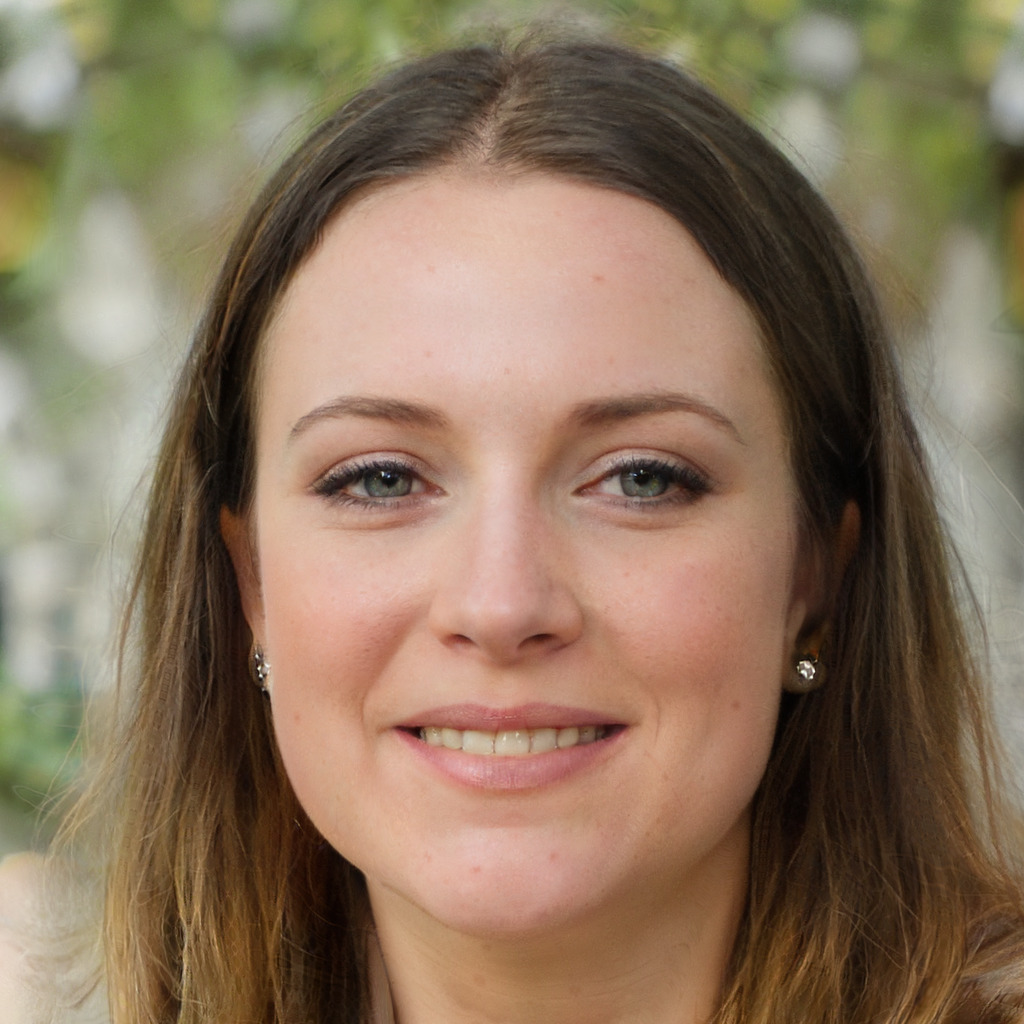
Daniele Ferreira is passionate about the world of crochet, dedicating her time to exploring techniques, creating unique pieces, and sharing her knowledge with beginners and aficionados alike. With attention to detail and creativity, she transforms yarn into true works of art, inspiring others to discover the beauty and joy of this manual art.

